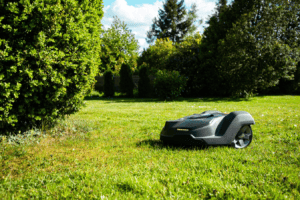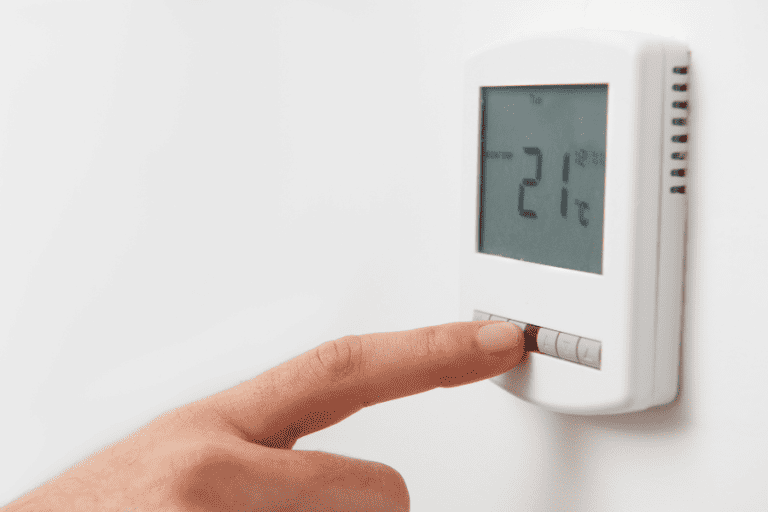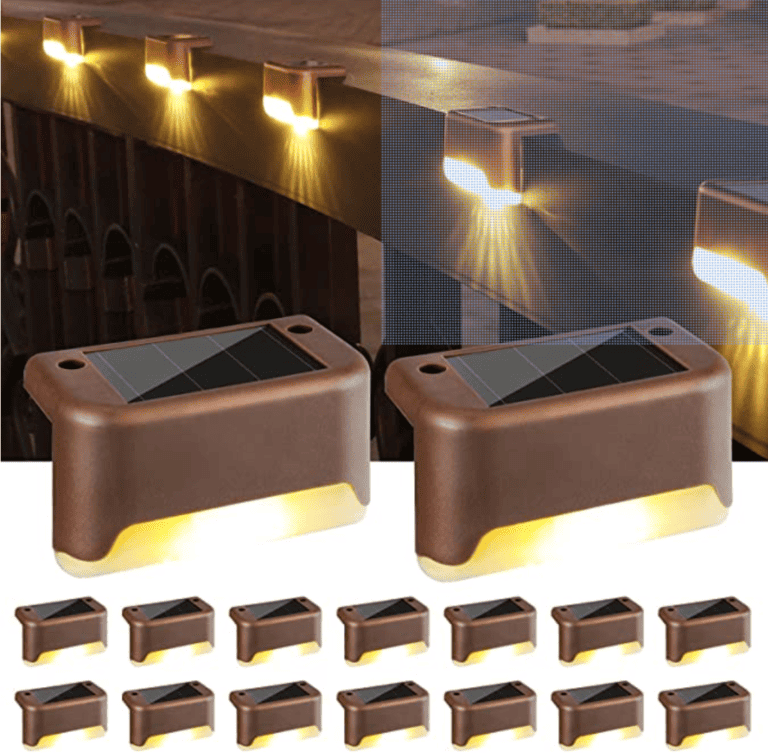Gardening Automation
Hello, green thumbs and tech enthusiasts alike! Today we’re diving into the world of gardening automation. We will explore how technology has started to make its mark on our backyards, balconies, and even commercial farms. This article is your comprehensive guide to understanding and implementing automation, bringing together the best of horticulture and technology.
The Growing Importance of Automation in Gardening
The Role of Technology in Modern Gardening
In recent years, we’ve seen an exciting wave of innovation in gardening technology. Whether it’s intelligent planters or AI-powered plant monitoring systems, these tools are not just for the tech-savvy; they’re transforming how we all garden. We refer to this when discussing “Automated Gardening.”
Benefits of Automation in Gardening
What’s the big deal about automation in gardening? Well, plenty! Automated gardening helps increase efficiency, reduce labor, and can even contribute to enhanced plant health. Picture this: robotic lawnmowers that save you work hours or soil sensors that ensure your plants get the proper water and nutrients. Sounds like a green thumb’s dream, right?
Environmental Impact and Sustainability Considerations of Automation
Beyond convenience, automation also plays a significant role in promoting sustainability. Automated systems like precise watering and light sensors can drastically reduce resource wastage. In the larger picture, these practices support sustainable agriculture, furthering our shared goal of eco-friendly gardening.
Understanding Gardening With Automation: From Basics to Advanced
Defining Automation: What It Is and How It Works
At its core, automation involves using technology to manage and streamline tasks. From basic automation like timed irrigation systems to more advanced techniques like AI in gardening, the aim is to make gardening more efficient and less labor-intensive.
Distinguishing Between Different Levels of Automation
There’s a broad spectrum when it comes to automation in gardening. On the simpler end, you have home automation garden watering systems and soil sensors. Then, as you delve deeper, you’ll find AI-powered home garden automation monitoring systems that can analyze plant health and suggest remedial measures.
Evolution of Gardening Technology Over the Years
The journey of how to make a smart garden has been a fascinating one. What started as simple drip irrigation systems have evolved into IoT-enabled innovative gardening systems and garden robotics, showing how technology has gradually intertwined itself with horticulture.
Essential Components of Gardening
Explanation of Basic Components
Getting started with automated gardening doesn’t have to be complicated. The essential components you might consider are automatic watering systems, soil sensors, and light sensors. These tools keep track of your garden’s needs and act accordingly.
Discussion of Advanced Components
For those willing to explore further, there are more sophisticated options available. Bright planters, AI-powered garden monitoring systems, and robotic lawn mowers take the concept of automated gardening to another level, offering greater precision and control.
How These Components Interact
These basic and advanced components work in synergy to create an integrated, seamless automated gardening experience. Whether the soil sensor communicates with the watering system or the plant monitoring system alerts you to a plant’s specific needs, it’s all about interconnectedness.
Implementing Automation in Gardening: A Step-by-Step Guide
Selection of Suitable Automation Technology
Choosing the right automation technology depends on your gardening needs and budget. A small home garden might benefit from a basic automatic watering system, while a more extensive commercial farm might require a more comprehensive solution like intelligent horticulture systems.
Installation of Automation Systems
While installation processes vary, following the manufacturer’s instructions closely is critical. And remember, there’s always help available, whether online tutorials or professional installers.
Configuring and Adjusting Settings
Once your system is installed, the next step is configuring it to your garden’s needs. This might involve setting the watering schedule or adjusting light sensors to match your plants’ light requirements.
Maintaining Your Automated Garden
Routine Maintenance of Automated Gardening Equipment
Regular maintenance of your automated gardening equipment ensures it keeps functioning optimally. This includes cleaning sensors, checking connections, and ensuring the software is up-to-date.
Troubleshooting Common Problems
Like any technology, you may encounter issues. Typical problems might include watering issues or sensor malfunctions. But don’t worry – quickly checking the user manual or calling customer support can resolve these issues.
Upgrading Your System
As you grow as a gardener, your needs may change, and so might the technology. It’s important to know when and why to consider upgrading your system, whether incorporating new features or accommodating a more extensive garden.
Case Study: Successful Applications of Automated Gardening
Throughout the world, we’re seeing successful applications of automated gardening. Home gardens are flourishing with the help of intelligent planters, community gardens are becoming more sustainable with precision watering systems, and commercial agriculture is becoming more efficient with garden robotics. These real-world examples show the transformative power of automation in gardening.
The Future of Gardening-Automation
Upcoming Technologies in Automated Gardening
The future of automated gardening is nothing short of exciting. We’re considering AI, machine learning, and robotics advancements, redefining the gardening landscape.
A garden robot is an automated machine designed to perform various gardening and lawn maintenance tasks. These robots utilize AI technology, sensors, and complex algorithms to carry out duties typically done by humans autonomously. Their purpose is to simplify the gardening process, saving time and often improving results through precision and consistency.

There are many types of designed to handle different tasks. For example, robotic lawn mowers, like those from Husqvarna and Robomow, can cut grass autonomously, navigating around your yard and returning to their charging stations when their battery is low. They use sensors to avoid obstacles and boundary wires to ensure they stay within your property.
Weeding robots, like Tertill or Farmbot, can identify and remove weeds from your garden. Some utilize smart technology to differentiate between plants and weeds, reducing the amount of manual weeding required. These robots often use solar power, making them energy-efficient and eco-friendly.
In addition, there are designed for larger-scale operations like farms. These agricultural robots can perform tasks like planting seeds, harvesting crops, and monitoring plant health, improving productivity and sustainability in farming.
These robots can be controlled and monitored using smartphone apps, allowing users to schedule tasks, set boundaries, or check the robot’s status and progress.
Despite the convenience they offer, they also have their limitations. They can struggle with complex landscapes or unusual types of plants and may require initial setup or occasional maintenance. They are also an investment, often carrying a higher upfront cost than traditional gardening tools. However, as technology progresses and becomes more affordable, it will likely become an increasingly common sight in gardens and lawns worldwide.
Sustainability and Eco-Friendliness in the Future of Automated Gardening
As we progress, sustainability will become even more central to automated gardening. Technologies like vertical farming automation and innovative watering systems will allow us to garden in an efficient and eco-friendly way.
Conclusion
There you have it – a deep dive into automation. With its potential to increase efficiency, reduce labor, enhance plant health, and promote sustainability, it’s clear that the future of gardening is automated. I encourage you all to consider integrating automation into your gardening practices.
Call-to-Action
Like what you read? Don’t forget to share this article with your fellow gardeners and tech enthusiasts! Questions or experiences with automation? We’d love to hear from you. Let’s grow together in this exciting journey of automated gardening!

Frequently Asked Questions (FAQs)
- What is Automation?
Automation involves using technology to manage and streamline gardening tasks, making gardening more efficient and less labor-intensive.
2. What are the benefits of Automated Gardening?
Automated gardening helps increase efficiency, reduce labor, and even enhance plant health. It can also contribute to sustainability in gardening.
3. What are the components of an Automated Garden?
Automated gardens can include automatic watering systems, soil sensors, light sensors, bright planters, and even AI-powered garden monitoring systems.
4. How can I implement Automation?
Implementing automation involves selecting suitable technology, installing the systems, and configuring the settings per your garden’s needs.
5. What is the future of Automated Gardening?
The end of automated gardening involves advancements in AI, machine learning, and robotics. Sustainability and eco-friendliness will also become even more central to automated gardening.
6. What is an automated garden?
An automated garden is a gardening setup where technology controls and monitors various elements of plant care, such as watering, lighting, temperature, and soil nutrients. The objective is to optimize plant growth while minimizing the manual work typically associated with gardening.
7. Can you automate a garden?
Yes, you can automate a garden. This can be done using various methods like automated irrigation systems, smart lights, temperature controllers, and nutrient monitoring systems. These systems can be controlled using smartphone apps, computer programs, or digital timers.
8. How do you automate a garden at home?
Plan the types of plants you want to grow to understand their specific needs.
Install an automated irrigation system, such as drip or soaker hoses. These can be connected to a smart control system or a timer.
9. What is a smart gardening system?
A smart system is an automated garden that uses advanced technology, including Internet of Things (IoT) devices, sensors, and AI-based software. These systems monitor and control the environmental conditions to create an optimal growing environment. They can automate watering, lighting, temperature, and feeding while providing real-time updates and data to the gardener.
Set up automated grow lights if your garden is indoors or in a greenhouse. These can be programmed to replicate the natural sunlight cycle. In a greenhouse, consider an automated temperature control system. This can maintain the optimal temperature by activating fans, opening vents, or turning on heaters. Use automated systems to monitor the nutrition in your soil. These can tell you when your plants need more nutrients, ensuring they get what they need to grow.
-
More reading
Netro Spark Smart Sprinkler Controller Review
Brizled Solar Deck Lights Review
We’re reader-supported. We may earn an affiliate commission when you buy through links on our site.
Resources






